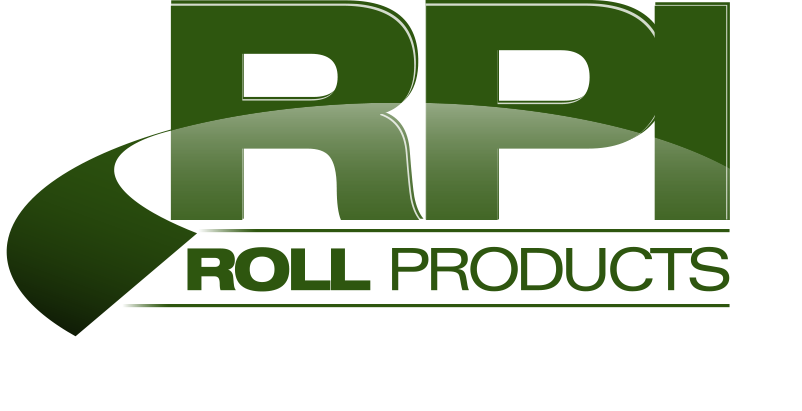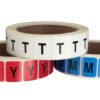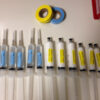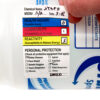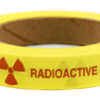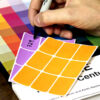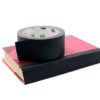The Joys of Reading
Sometimes it is easy to forget how much reading is a magical journey. Not reading on a tablet or smart phone, but picking up a physical book, and getting lost in the turn by turn of the pages. In the United States, there are over 119,000 libraries. These libraries host a plethora of knowledge, adventures, and tall tales.
Whether you are building your own home library or are managing a city library, there are some important things every bibliophile should know to maintain proper care of the books under their stewardship.
Book Care 101
From repair tapes for spine repair to proper dry erase labels, there are many factors that go into proper organization and care of books (though spine repair tape might be the most commonly used for owners of older books). Here are our favorite tips for proper care and maintenance of books:
Keep a Proper Book Environment
Books need to have a proper environment in order to maintain their quality. Limit light exposure as much as possible. All light sources, natural and man made, can damage paper and bindings, which causes fading and brittling. Keep books out of direct sunlight as much as possible and turn off lights in the rooms where books are stored when nobody is in the room. If there is significant wear to the spine of a book, consider using spine repair tape to reinforce the spine.
Temperature is another important factor for proper book care. The general rule followed by libraries and museums is to keep the temperature around 67 degrees F. This is important to keep relatively stable, as large swings in temperature can affect books as well. In addition to the temperature, ensure that the books are kept in a lower humidity environment (though not too low). Humidity (water content in the air) is very damaging to books and can promote mold growth. However air that is too dry can lead to the bindings and paper drying out and eventually disintegrating. Generally, ideal book humidity is around 50%. If needed, get a hygrothermograph to monitor humidity in your home or institutional library.
Cleanliness
Books should be handled with clean and dry hands. The oils and dirt on peoples hands can damage the pages and bindings of a book. Again, when a binding is damaged it is very important to get some spine repair tape to avoid further damages to the book. Along with clean hands comes a clean area to read. As nice as it might be to have a hot bowl of soup and a grilled cheese sandwich while you read, the oils from the food will transfer to your hand and eventually the book. Plus there is always the risk of spilling! Beyond just damaging the book, food and drink can attract insects and rodents, which can further damage the books in your library.
Make sure you dust your books off from time to time. As you dust off the books, make sure to keep an eye out for any flaking, tearing, or crumbling of pages and bindings. Do not use water or other solvents on book bindings, even if they look dirty or dry. If you have old books that appear to have brittle pages, consult a professional for assistance in preserving the books or restoring their condition.
Proper Book Handling:
Books should always be kept in an upright position on shelves. Leaning books and even books laid on their side leads to damage in the spine and pages. The only exception is for heavy and oversize volumes, which can be safely stored flat. Other way, use bookends when necessary to keep books upright in proper position. When books are removed from a shelf, grasp the spine near the center rather than “hooking” the spine at the top with your finger. Hooking the spine can cause damage and will lead to needing extra spine repair tape early on. Additionally, don’t dog-ear pages or use paperclips to mark pages. Both of these practices can lead to damage of the books. Use a book mark to temporarily hold your place in a book, and when the book is finished, remove the book mark completely.
These are some of the most standard book keeping practices. For ancient texts, more drastic measures will need to be taken.
